Improved Animal and Face Detection! Sony A7 IV Review
Sometimes I find myself shaking my head at what cameras can do these days. The jury is still out as to whether it’s shaken in disbelief or wonderment. That is the case with the long-awaited and fairly priced Sony a7 IV. It packs a lot of features that photographers have been asking for along with capabilities that are overkill. I think Sony’s next camera could take an entirely black or even stark white image and recover almost every detail.
Alas, It has been fun watching the community pine for the newest Sony a7 IV leading up to its announcement. Based on what photographers have been asking for online, they will be delighted with the versatility of this camera. Its premise is to build a bridge for hybrid shooters and make their creativity more attainable. While the video functionalities are sure to pique interest, this review will focus on its photographic capabilities. Does it live up to the beloved a7 series? There’s no question that it does. The short answer is it’s an excellent option for most genres of photography. It’s sweeping an even broader net at who this camera is for. Keep reading to find out why.
Too Long Didn’t Read
The long-anticipated Sony a7 IV is finally here and aims to bridge the gap for still photographers and videographers. It’s received a bit of a facelift with a beautiful, new OLED screen and a more comfortable grip. The updated face and animal detection with tracking is impressive and fun. It now comes with in-camera skin smoothing to significantly reduce post-processing time. Plus, its price is pretty great for an all-in-one option.
Pros and Cons
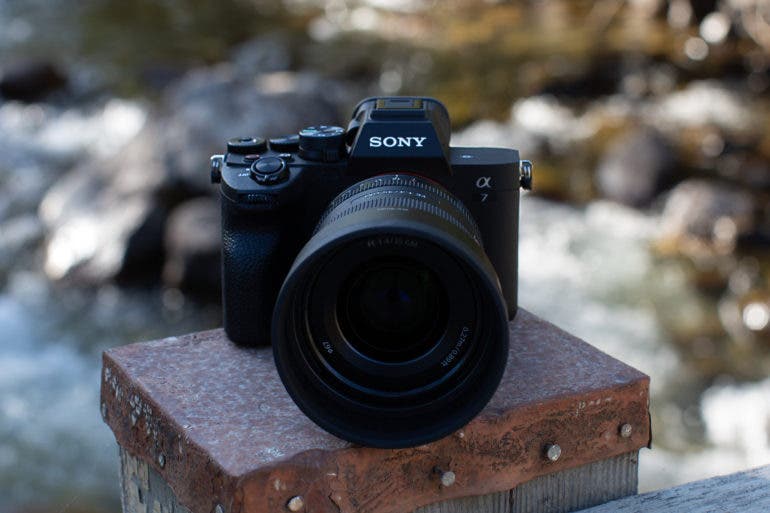
Pros
- Face detection and tracking
- Animal face detection and tracking
- Bird face and eye detection
- Metering
- Updated OLED screen and menu
- Comfortable grip
- Suitable for a variety of applications
- Weather-sealed and sensor dust issue is improved
- Fast autofocus
- Impressive Dynamic Range
- Sharp – almost too sharp for some womens’ portraits
- In-camera skin softening to combat incredibly sharp skin pores
Cons
- High ISO performance could be better
- Color noise in out-of-focus areas at lower ISOs
- Shutter freezes and the camera becomes unresponsive at times when shooting bracketed
- High burst mode currently only works if shooting compressed RAW
Gear Used
We tested the new Sony a7 IV with the Sony 35mm f1.4GM lens, Sony 50mm f1.2 GM lens, and Tamron 17-28mm f2.8 lens.
Innovations
As far as cutting edge, the new a7 IV isn’t revamping the world of mirrorless cameras. What it does is borrow some of the great features of the flagship a1 and is a welcome upgrade to the lower-tier lineup. The upgraded OLED screen, real-time human/animal autofocus, and impressive dynamic range are welcome additions.
Tech Specs
All technical specifications are provided by the manufacturer.
- 33.0 MP (appx/effective) full-frame Exmor R™ CMOS image sensor
- Latest generation BIONZ XR™ image processing engine
- High resolution with color reproduction accuracy & low noise
- 15 stop dynamic range for natural gradations
- Creative Look / Soft Skin Effect
- 10-bit HEIF format (4:2:2 or 4:2:0)
- 5.5-step advantage 5-axis in-body image stabilization
- 828 continuous RAW+JPEG shooting
- 759 phase-detection AF points (94% coverage)
- Improved AF-S speed / Improved low light AF down to EV-4
- AF tracking for continuous shooting at f22
- Real-time Eye AF for Human/Animal/Bird
- More tenacious Real-time Tracking
- 4K 60p recording in Super35 format for slow-motion
- 4k 30p recording, 7k oversampling for high resolution
- S-Cinetone™ and Creative Look for delivery work
- 10bit S-Log3 with 15+ stops of dynamic range
- 10-bit depth, 4:2:2 color sampling Intra-frame encoding (XAVC S-I)
- High-efficiency MPEG-H HEVC/H.265 (XAVC HS)
- Optical “Active Mode” image stabilization
- Digital Audio Interface for cleaner, clearer audio recordings
Ergonomics
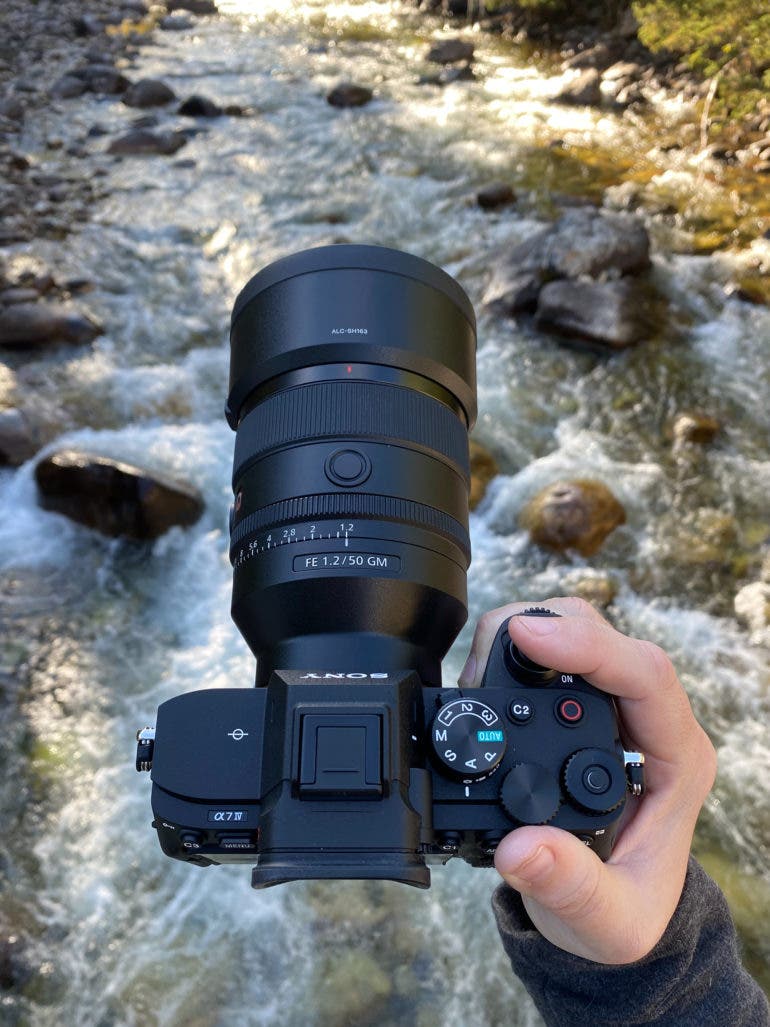
The Sony a7 IV is slightly larger than its predecessor with an improved grip. The camera looks much like the a7R IV except for a few button locations. It is very ergonomic and comfortable enough to shoot with all day.

One of the most noticeable upgrades is the large OLED display on the back of the camera. It flips to the side and will also flip over to protect the display when not in use. The layout of the buttons, joystick, and thumb rest are almost identical. The C1 button now takes the place of the record button.

The card slots have been flipped from the previous model, following suit with more recent offerings from Sony. Slot 1 supports both CF-Express Type A and UHS-II SDXC/SDHC cards and SD cards, while Slot 2 only supports UHS-II SDXC/SDHC cards. The new handgrip of the a7 IV is a notable improvement, and it really is comfortable to hold.
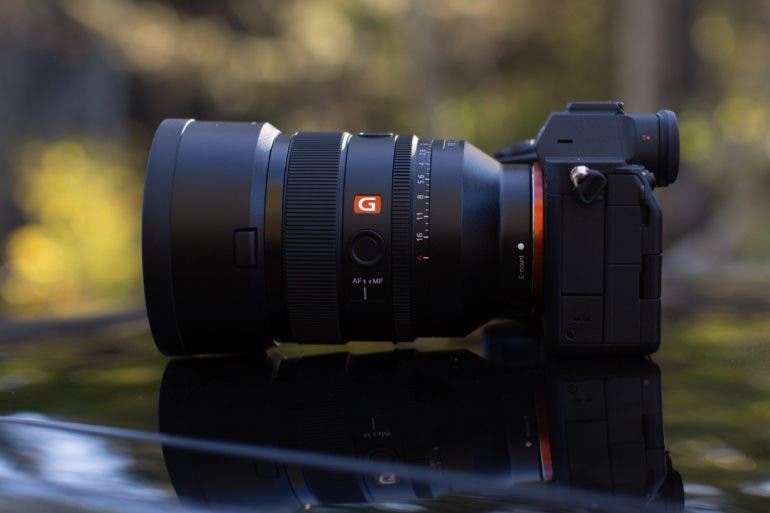
The ports are located on the other side of the a7 IV. The HDMI Type-A terminal is under the panel closest to the front. Under the top back panel, you will find both a microphone jack and a headphone jack. The bottom rear panel houses a USB Type-C port and a Multi/Micro USB connector.

The top panel also closely resembles that of the a7R IV. The record button is now located where the C1 button used to be. The dials are still customizable for your shutter speed, ISO, and aperture. You have to push the button to change from shooting stills to video. This is a great feature as it would be easily changed when changing shooting modes.
Build Quality

The improved camera grip of the a7 IV feels like a higher-end camera. One of the criticisms of its predecessor was sensor dust. The lens mount seems to be a better fit as sensor dust was minimal. I left the 35mm lens on for a while and shot in the elements without any issues. I did encounter minimal sensor dust upon changing lenses. Sony’s a7 line has always done well in rainy conditions. Montana can have all four seasons within a day, and the camera held up well. It was a bit sluggish after being outside in freezing temperatures during a long morning walk. Once it warmed up, it behaved without any further hiccups or delays. Pair it with weather-sealed lenses, and you could take this camera almost anywhere, regardless of the weather.
Ease of Use
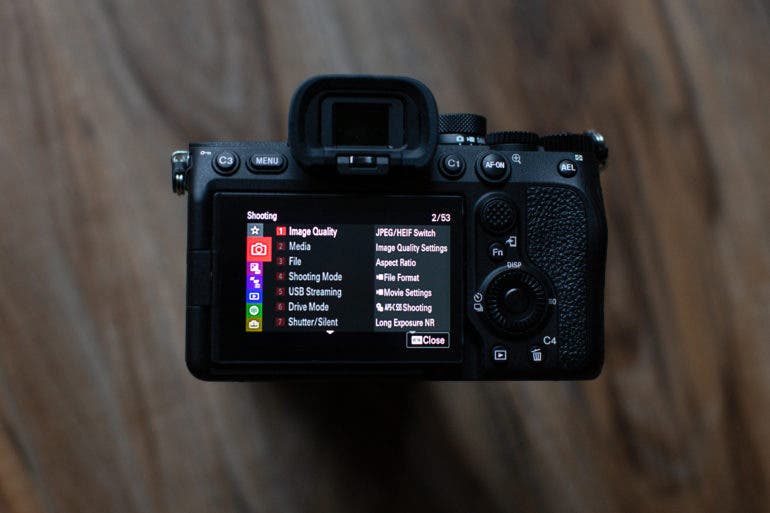
If you want to upgrade from the a7 III, I am happy to report that this newest model has a more user-friendly menu system. Although it’s improved, it could still be indexed further. Thankfully the quick-menu system is home to most of what you will need. Photographers who are new to the system will adapt to the system with ease. The new OLED screen is beautifully bright, and the touch screen is responsive. Not all EVFs are created equally. Sony has been fine-tuning theirs for years, and their excellence shines here.

Most cameras will warn you when pushing highlights to their limit. The Sony a7 IV also alerts you when you are crushing shadows beyond repair. Incredible dynamic range paired with the larger sensor size means there is a lot of information to perfect your image. The 5.5-stops of image stabilization makes shooting handheld with slower shutter speeds much more attainable.

The new skin softening is a welcome detail within the system, and the creative looks are a great start. I’m also very appreciative of how well the RAW files play with Capture One. It seems that Sony is paying attention to the fact that many photographers don’t enjoy editing for hours on end. I’d love to see more creative looks that are usually only achievable via post-processing become available.
The a7 IV aims to get back to attract hybrid shooters with one camera that does it all. Part of that selling point is the flexibility that depends on the Imaging Edge app. This is an area where Sony should deep-dive and perfect before launch. Sony has listened to complaints and improved its Wi-Fi connectivity and pairing. Additionally, the desktop version of the app needs a complete overhaul. A screenshot of its rudimentary functionality could be the perfect ad for why you should invest in proper editing software.
According to specs, Sony’s new processor will write up to 828 continuous RAW and JPEG shooting. This isn’t possible when shooting uncompressed RAW files, and it did frequently buffer after about 20 frames. It does perform much better when shooting compressed RAW. I also ran into issues when shooting bracketed. The camera froze and became unresponsive while shooting a real estate listing. I had to turn the camera off, remove the battery, insert the battery, and turn the camera back on. There were a few occasions that this needed to be done more than once. After speaking to Sony, this could be the product of using the camera with the equivalent of Beta firmware. It’s just enough to operate the camera with basic functionality. This should hopefully be resolved with a proper firmware update prior to shipping.
Autofocus
The autofocus of the Sony a7 IV is what we’ve come to expect. It’s fast, and it’s accurate, even in very low light situations. I encountered very few misses, even when shooting a few high-speed continuous frames.

The addition of real-time eye autofocus for humans, birds, and animals is wonderful and a lot of fun to use. I tested it out on my ferocious feline while following him around our complex. Both AF-C and AF-Auto modes were successful in getting many usable frames as he frolicked and played. The tracking is impressive, even when the eye is no longer visible. Tracking is much more accurate once the subject turns, so their eyes are back in the scene. Wedding photographers will appreciate these enhancements.
What was surprising after this new technology was the number of frames where a face wasn’t always detected. The camera didn’t miss focus. It just didn’t always detect the face. This happened for less than 15% of the images. The autofocus capabilities of the a7 IV further cements the camera as a true hybrid. It’s an excellent option for wedding, portrait, pet, street, travel, and real estate photographers as well as photojournalists.
Metering

The Sony a7 IV performed in a way that is sure to make Ansel Adams proud. It excelled in our Sunny 16 tests with plenty of details in the darkest and lightest parts of the zone system. The metering is very accurate and trustworthy.
Image Quality

The Sony a7 IV feels very typical of Sony mirrorless cameras when it comes to image quality. Auto white balance is very accurate. The dynamic range produces images that touch on every level of the zone system.
Oddly enough, I encountered sensor noise where I didn’t expect to find it. Areas that lack abundant natural light produced color noise in lower ISO settings. It could very well be the Beta firmware that will most likely be upgraded before disbursement. Last but not least, images are incredibly sharp. They border on being too sharp for some women, although this is mitigated with the in-camera skin smoothing.
High ISO Images
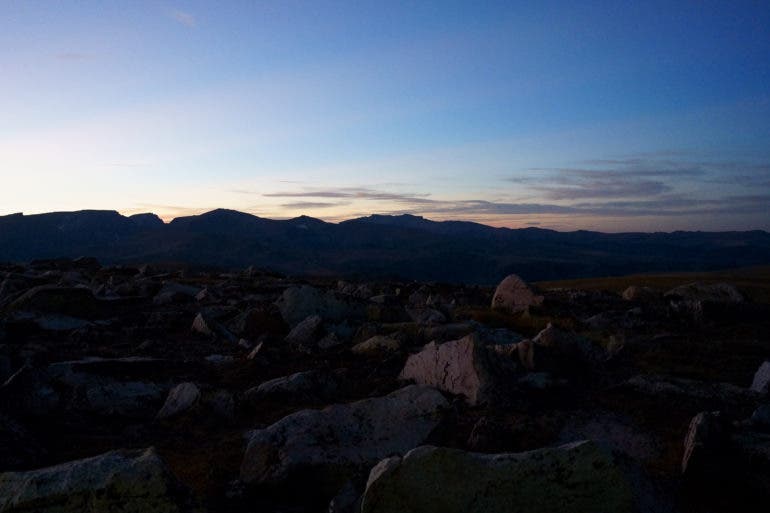
The Sony a7 IV makes very usable digital images up to ISO 6400 when lighting is ideal. Image quality does begin to noticeably diminish from here with higher ISO. I did encounter color noise in my out-of-focus areas at lower ISO. This was particularly evident in areas of low light, such as darker skies. As mentioned above, this could be the current firmware.
Lucky for us, Capture One can recognize the Sony a7 IV. And the high ISO render in Capture One is incredibly clean.
In our printer tests, we printed photos from the Sony a7 IV at ISO 6400 at 17×22 inches. Editor in Chief Chris Gampat did these tests in his home office. The photos were printed on the Canon Prograf1000 and Canon Pro-Luster paper. The results we’re finding are fascinating; and we even discussed them together on the phone. We first started by printing a converted TIFF from Imaging Edge on the desktop. We brought that TIFF into Capture One Pro and then printed from there. According to this text, the high ISO output of the Sony a7 IV is nearly neck-in-neck with the old Canon EOS R. The Canon EOS R has the same sensor in the Canon 5D Mk IV; which was announced in August of 2016. The two have nearly the same megapixel count.
After this, we tested a print of a Sony a7 IV RAW file in Capture One. We found the Sony RAW file to be slightly sharper than Canon’s, but the high ISO output to be slightly worse as well. Granted, we’re testing the Sony a7 IV before its actual announcement, and this may be fixed in a future Capture One update. Still, it’s fascinating to us that Sony’s new basic camera can be nearly identical to an older Canon sensor.
Raw File Versatility
As mentioned previously, Sony’s dynamic range is incredible. The larger RAW files as full of data and allow you to push the extremes.
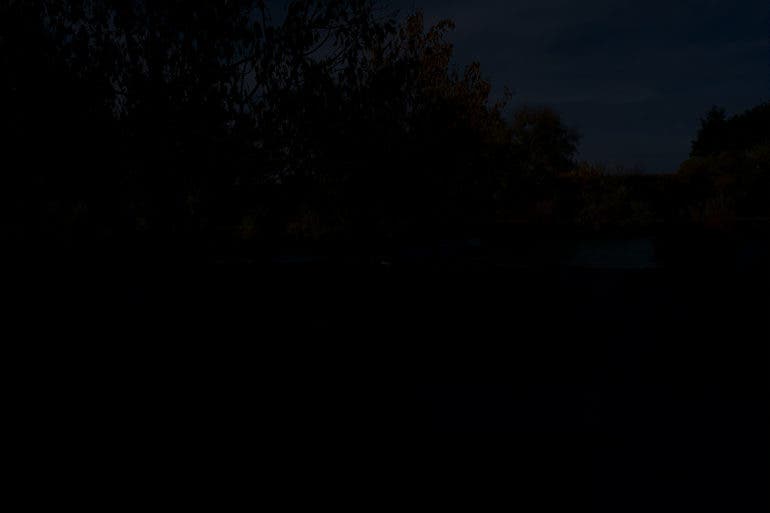
I underexposed this image by more than four stops.

With an exposure adjustment and lifting the shadows, it’s hard to tell that this wasn’t a properly exposed image, to begin with.

I overexposed this image by more than two stops and purposefully blew the highlights to see what could be recovered.

As you can see, it’s not perfect, but it’s more than sufficient.
JPEG Quality

Sony continues to produce high-quality JPEG files that I’d often be comfortable sending home with my clients. An untrained eye would not know the difference between the JPEG and RAW file.
Extra Image Samples
From day one, The Phoblographer has been huge on transparency. Nothing from this review is sponsored. Further, lots of folks will post reviews that show lots of editing in the photos. The problem then becomes that anyone and everyone can do the same thing. They’re not showing what the lens can do. So we have a section in our Extra Image Samples area to show edited and unedited photos. From this, you can make a decision for yourself.
Edited

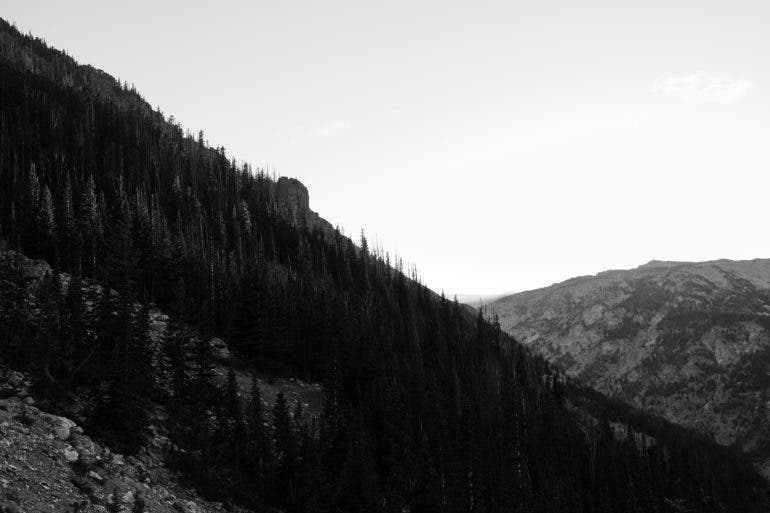


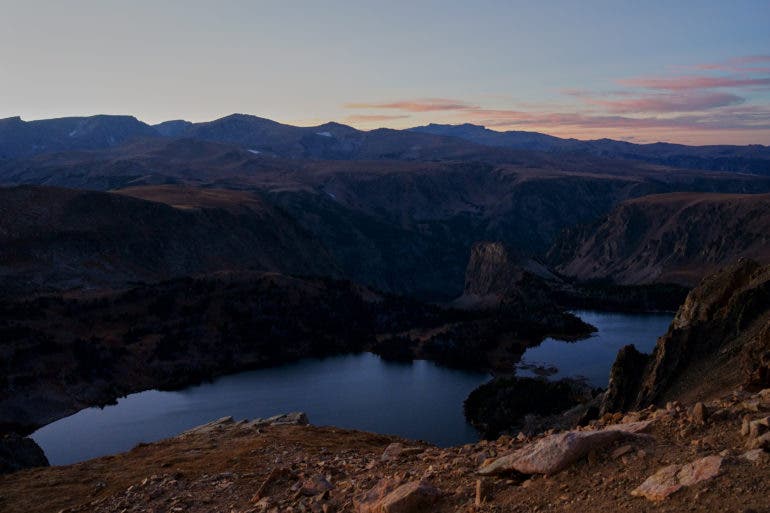


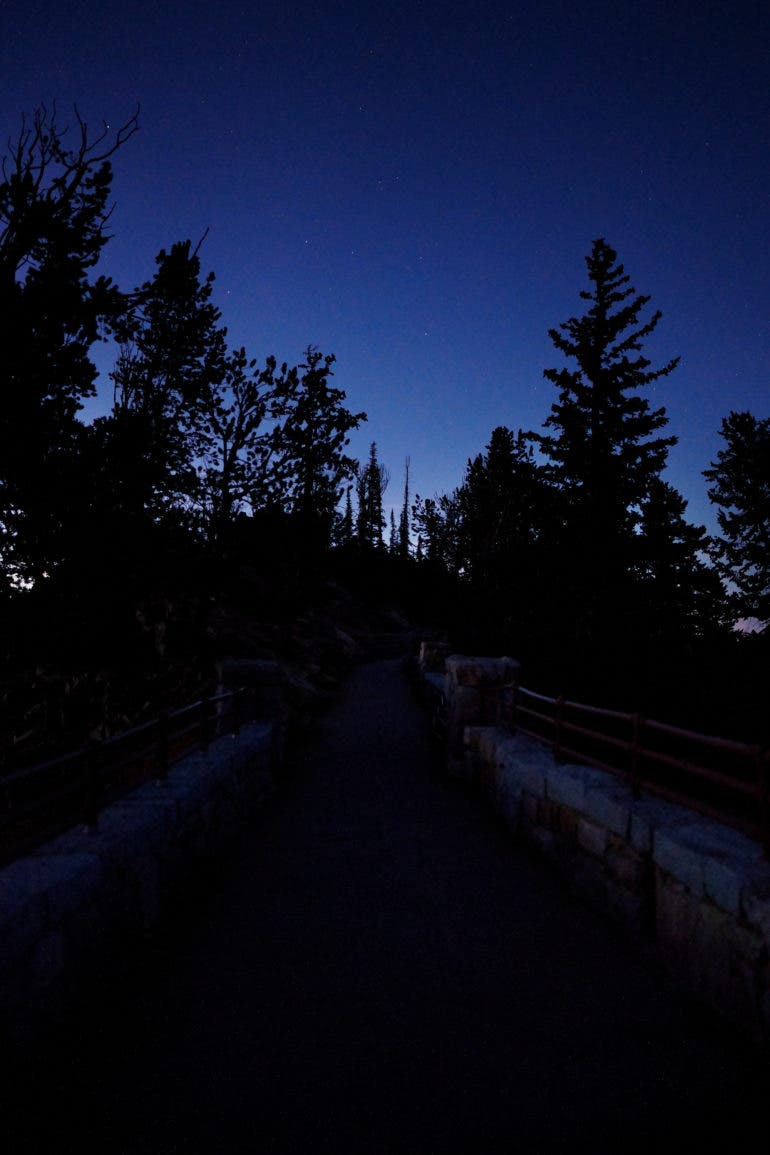




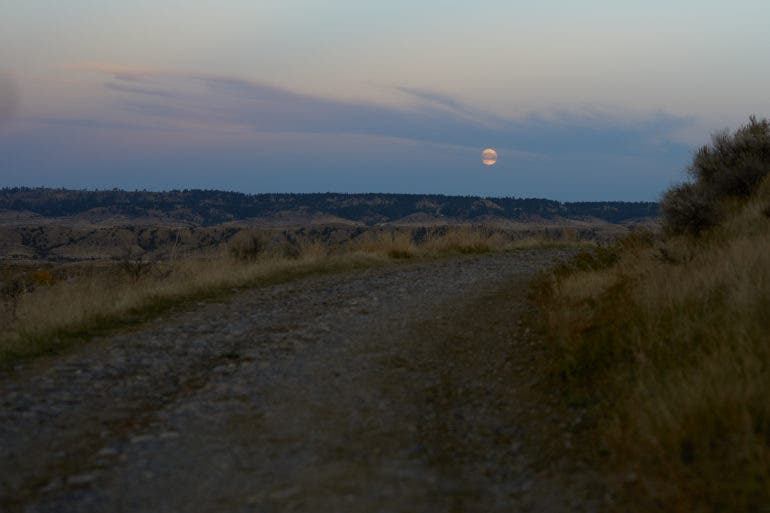













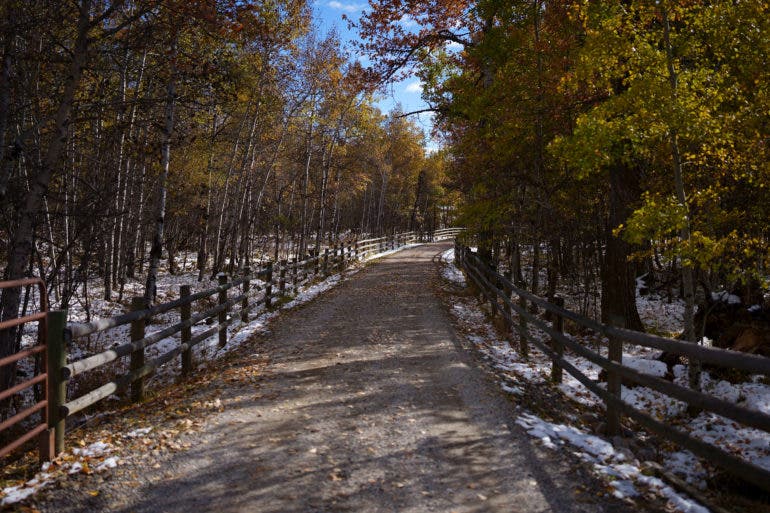

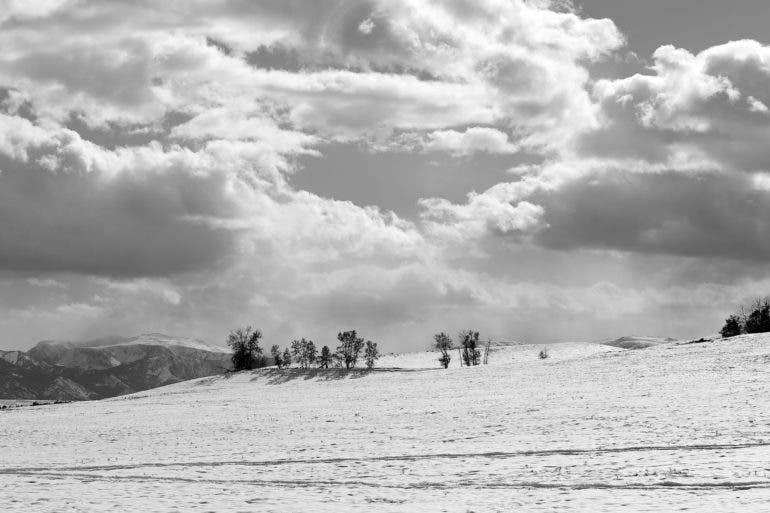
Unedited
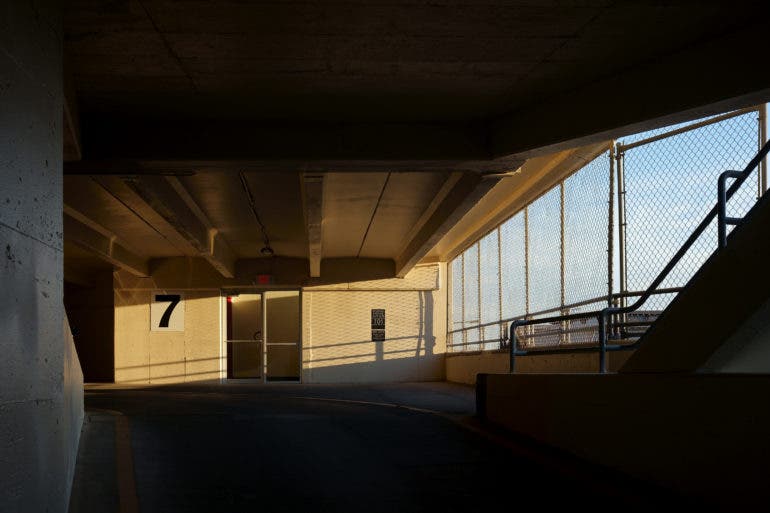




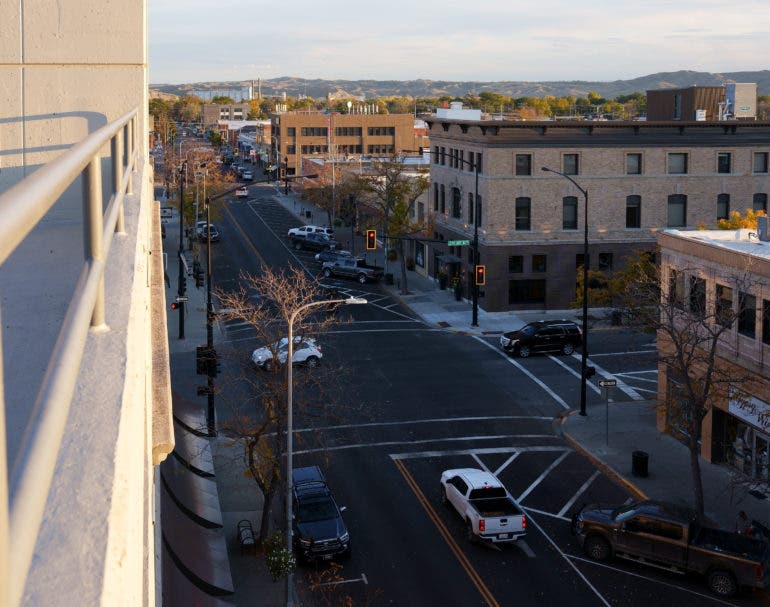














Conclusions of the Sony a7 IV
Likes
- Animal, bird, and human face detection
- Autofocus and tracking
- The addition of in-camera skin softening
- The grip is pretty great
- The OLED screen is beautiful and bright
- Improved menu design
- Impressive dynamic range
- Metering
- Weather-sealed
Dislikes
- Color noise at lower ISOs
- High ISO could be better
- It currently freezes when shooting bracketed images, but that’s going to be fixed with firmware
- Imaging Edge for desktop has helped me find a new appreciation for Capture One.
There’s a lot to like about Sony’s a7 IV, and most of my concerns will most likely be fixed with future firmware updates. It’s a rugged machine that is built for the elements and comfortable to shoot with all day. Sony continues to lead the pack in autofocus performance and dynamic range capabilities.
I appreciate that Sony is listening to its customer base and working towards less post-processing time. It would be great to see Sony get creative and introduce more editorial creative looks with what we see in ad campaigns. The Imaging Edge for desktop needs to be completely overhauled. As it is, it would be best as a landing page for other editing programs to get the most from your Sony files.
I also like that Sony decided not to follow suit with competitors pushing two cameras to do what one should ideally do. Most photographers would gladly pay a few extra hundred dollars to get an all-in-one option. The a7 IV is a great hybrid camera with capabilities that will entice a variety of photographers and videographers.

We are giving the Sony a7 IV four out of five stars.
The a7 IV is available for pre-order and is priced at $2,499.99 – $2,799.99. It will also be available as a kit with a 28-70mm lens for $2,699.99 – $2,999.00.